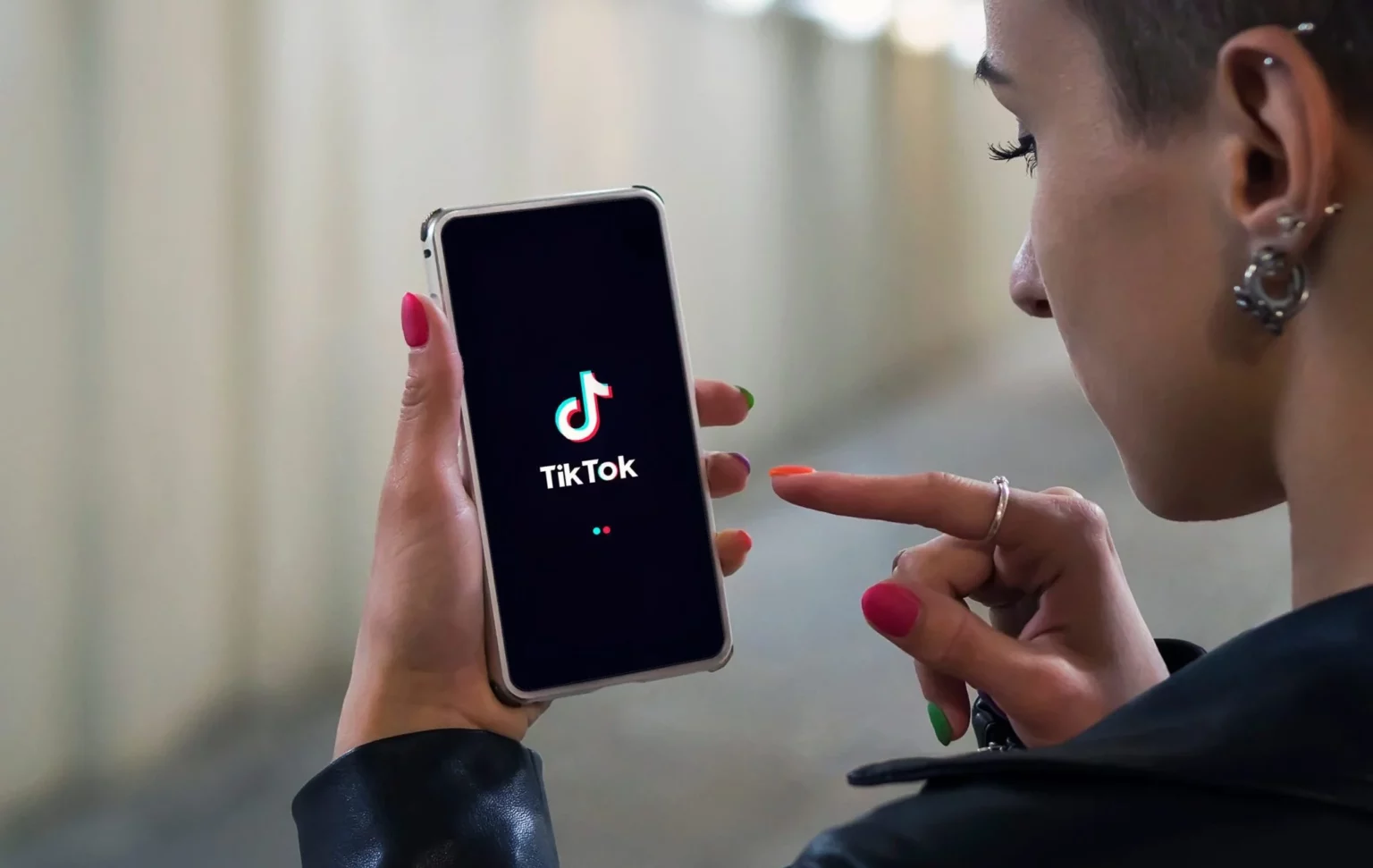In recent years, there has been a surge in the number of teenagers experiencing tic disorders, with many experts pointing to the potential role of social media, including TikTok.
Tic disorders, characterized by sudden, repetitive movements or sounds that are difficult to control, have become a growing concern among teenagers in recent years. While the exact cause of tic disorders is not fully understood, experts have identified several potential environmental and genetic factors that may contribute to their development. In particular, social media, including TikTok, has emerged as a potential contributing factor in the recent surge of tic disorders among teenagers.
TikTok, the popular short-form video app, has been cited as a possible factor in the recent increase in tic disorders among teenagers. The platform’s popularity and addictive nature can lead to excessive screen time, potentially impacting sleep, exercise, and other aspects of daily life. In addition, TikTok’s algorithmic recommendation system can create a loop of consuming content that can be difficult to break away from, leading to increased stress and anxiety.
Furthermore, TikTok’s format of short, repetitive videos can potentially trigger or exacerbate tic symptoms in some individuals. Watching videos of others with tics or imitating certain movements or sounds can trigger tic-like behaviors in susceptible individuals. This is known as “contagious tics” and is a recognized phenomenon within the medical community.
While social media use is not a direct cause of tic disorders, it is important to recognize the potential risks of excessive screen time and social media use on mental health and well-being. Tic disorders are thought to have a strong genetic component, and environmental factors such as stress and anxiety can also contribute to their development.
It is also important to note that not all teenagers who use TikTok will develop tic disorders. However, the potential risks associated with social media use and tic disorders cannot be ignored.
To mitigate the potential negative impact of TikTok on adolescent mental health and tic disorders, it is important for parents, caregivers, and mental health professionals to work together to provide support and resources. This can include having open conversations about the risks and benefits of social media use, setting boundaries around screen time, and encouraging offline activities and social interactions. Mental health professionals can also provide support for those experiencing negative effects from social media use, such as anxiety and depression.
It is essential to recognize that tic disorders are a neurological condition that requires medical attention. Parents and caregivers should seek medical advice if they observe signs of tic disorders in their children, including repetitive movements, sounds, or behaviors that persist for more than a few weeks. Tic disorders are treatable, and early diagnosis and treatment can help improve outcomes.




